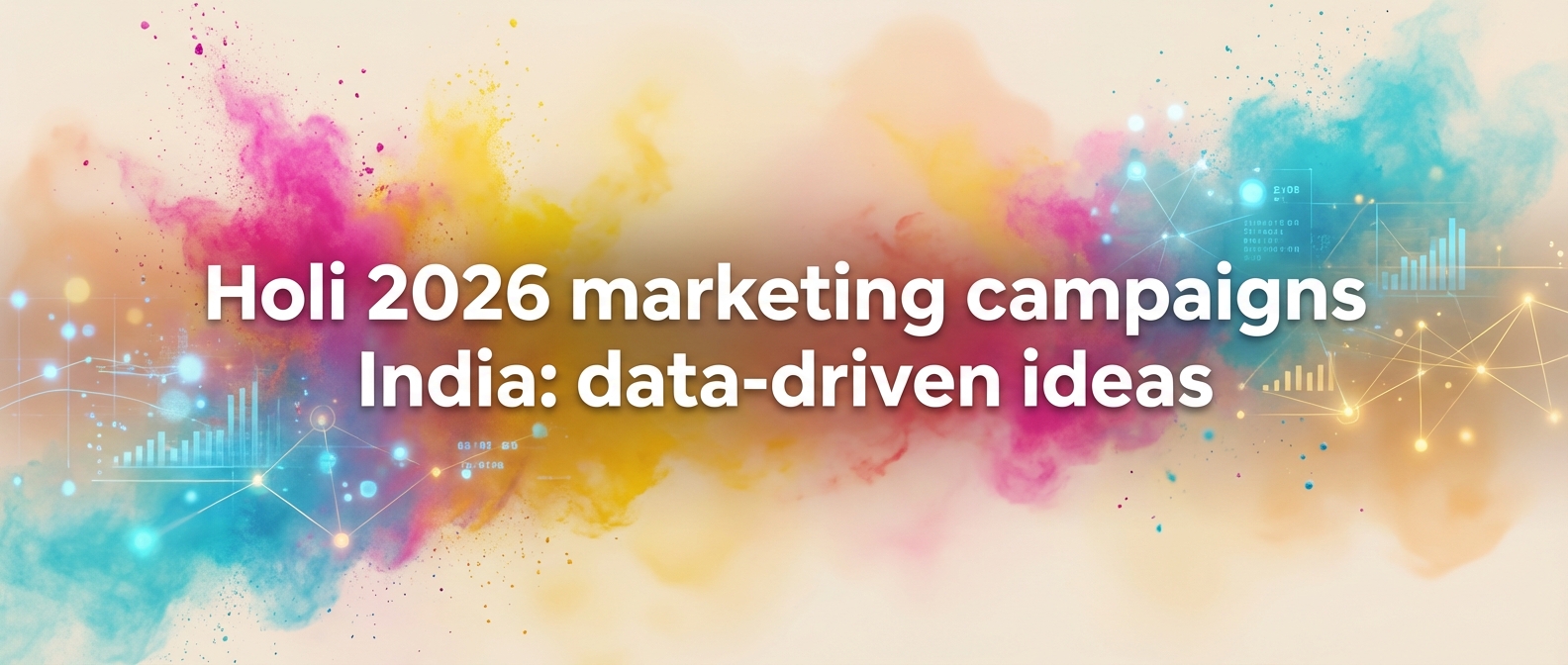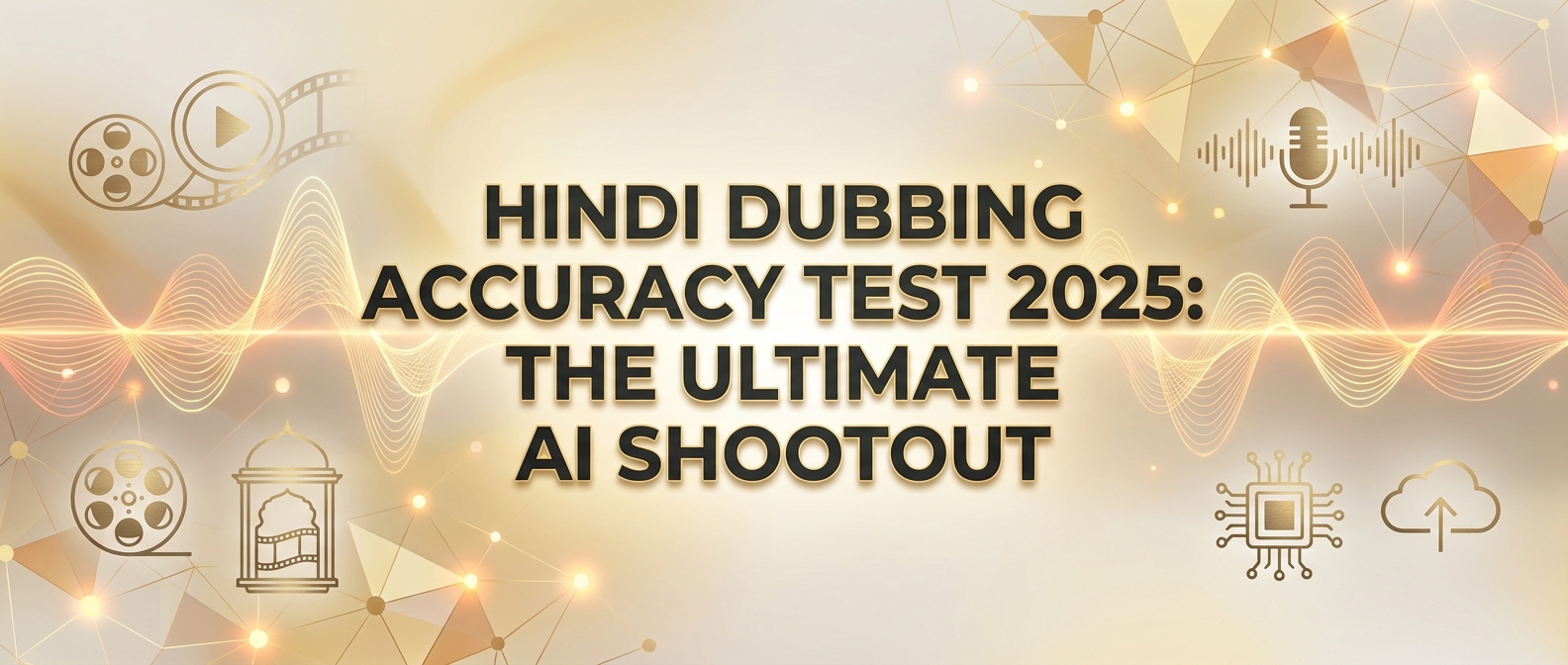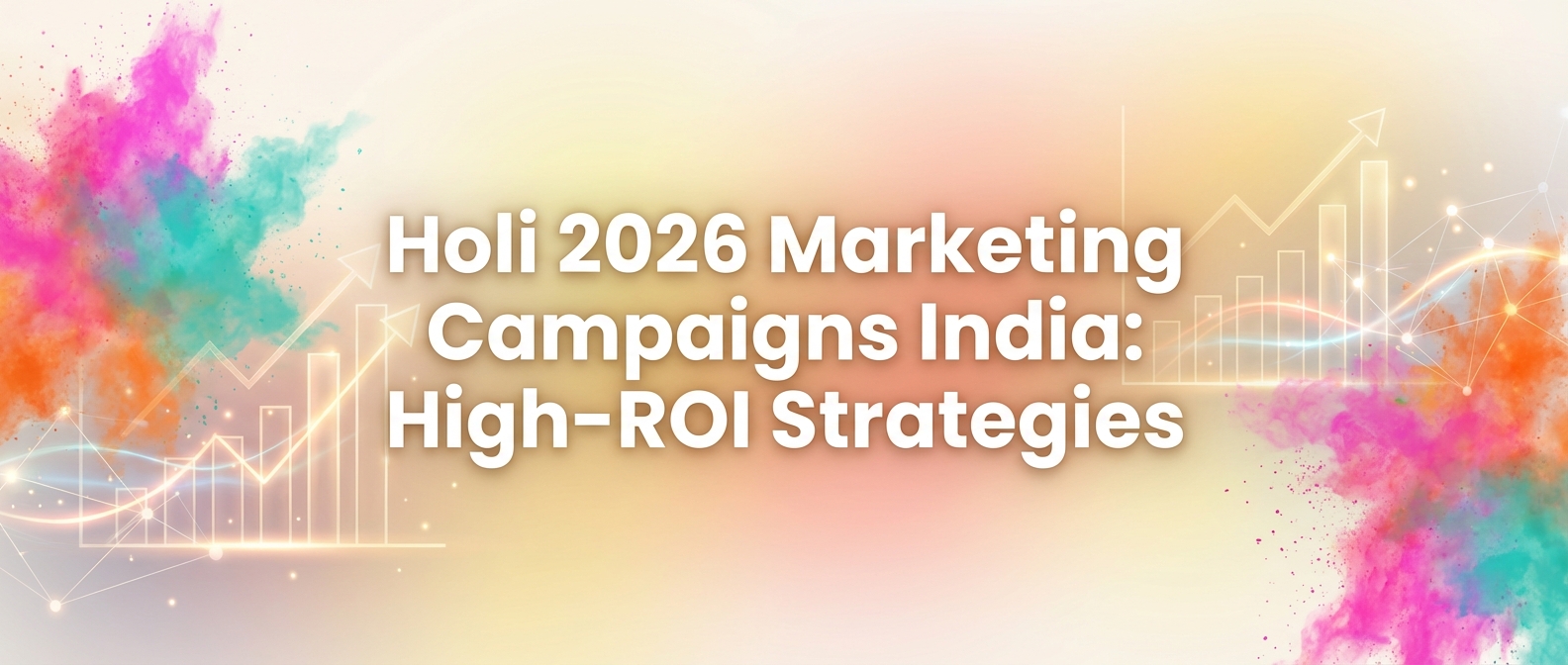AI Video Editor vs. Traditional: The Definitive 2025 Guide for YouTube Creators
Estimated reading time: 12 minutes
Key Takeaways
- The creator economy is expanding rapidly, driving fierce competition among YouTube creators
- Traditional editing offers precise, hands-on control, while AI video editors deliver speed and scalability
- AI multiplies global reach by making multi-language and multi-platform deployment quick and efficient
- Ethical considerations around deepfakes and transparency are essential for sustaining audience trust
- A hybrid approach combining AI automation with human creativity is poised to dominate content creation
The creator economy is no longer an emerging niche; it's a global force. With projections showing it could approach a staggering half-a-trillion dollars by 2027, the digital landscape has become a fiercely competitive arena. For YouTube creators, this means the "content treadmill" is spinning faster than ever. The demand is relentless: produce more content, at a higher quality, for more platforms, and in more languages, all while trying to stay relevant and sane.
This intense pressure is forcing a fundamental re-evaluation of the creator's toolkit. At the heart of this revolution is a critical showdown: the meticulous, hands-on craft of traditional video editing versus the lightning-fast, automated power of the modern AI video editor.
But this isn't just a simple comparison of features. It's a strategic choice that will define the next wave of successful YouTube channels. This definitive guide will not only deconstruct the differences between these two methodologies but will provide a strategic framework for leveraging AI to build a more efficient, scalable, and globally competitive content operation in 2025 and beyond.
The State of YouTube Content Creation in 2025: A New Battleground
To understand the shift in editing tools, we must first appreciate the seismic shifts in the environment. The romantic notion of a solo creator tinkering with a passion project has been supplemented by the reality of a high-stakes media business.
As of 2025, there are over 60 million YouTube creators vying for audience attention. This saturation means discoverability is harder, and audience expectations are higher. Viewers demand broadcast-level quality, consistent uploads, and content that feels personally relevant to them—a tall order for any creator, big or small.
Simultaneously, the technology fueling this creation boom is advancing at an exponential rate. The global AI Video Editing Tools Market is not just growing; it's exploding, with a projected compound annual growth rate (CAGR) of a massive 42.19% between 2025 and 2030. This isn't just a new feature; it's a new paradigm. This collision of creator ambition and technological innovation is forcing a critical question: is your current workflow built to survive the future?
Deconstructing the Titans: Traditional Editing vs. AI-Powered Automation
At first glance, both paths lead to a finished video. However, the philosophy, process, and resources required are worlds apart.
The Artisan's Toolbox: Traditional Video Editing
When we talk about traditional video editing, we're referring to the industry-standard software that has powered Hollywood and YouTube's top creators for years. Think of platforms like Adobe Premiere Pro, Final Cut Pro, and DaVinci Resolve.
- Core Philosophy: Granular Control & Unlimited Creativity. Every single frame is under your command. The software is a blank canvas, and the editor is the artist. You can manipulate every transition, color grade every scene to perfection, and mix every audio layer with microscopic precision.
Strengths:
- Unmatched Precision: For projects that demand unique, complex, and highly stylized edits, nothing beats the control of a traditional Non-Linear Editor (NLE).
- Deep Customization: From custom motion graphics to complex visual effects and sound design, the creative ceiling is virtually nonexistent.
- Industry Standard: It's the language of professional video production. Proficiency in these tools is a highly marketable skill.
Weaknesses (The Bottlenecks):
- Steep Learning Curve: These are complex, professional-grade tools. Becoming proficient can take hundreds of hours of training and practice.
- Time-Intensive & Repetitive: The most time-consuming aspects of editing—sifting through footage, making rough cuts, transcribing for captions, and basic color correction—are entirely manual.
- High Costs: Professional software requires expensive subscriptions. More importantly, it demands powerful computer hardware with significant processing power and storage, often costing thousands of dollars.
The Automation Engine: The Modern AI Video Editor
AI video editors represent a fundamental shift from manual manipulation to automated generation. These platforms are designed from the ground up to eliminate the most tedious parts of the editing process, prioritizing speed and accessibility.
- Core Philosophy: Speed, Efficiency & Accessibility. The goal is to reduce the time from idea to published video as dramatically as possible, making high-quality video creation available to everyone, regardless of technical skill.
Strengths:
- Automating Repetitive Tasks: AI excels at the drudgery. This includes auto-generating accurate subtitles, identifying and removing silences ("smart cuts"), enhancing audio, and even selecting the best takes.
- Script-to-Video Generation: The most transformative feature. Simply provide a script, and the AI can generate a complete video with a voiceover, avatar, and background visuals in minutes.
- Scalability: Creating multiple versions of a video—for different platforms or in different languages—is incredibly fast.
Weaknesses:
- Creative Constraints: While improving rapidly, AI editors can sometimes produce videos that feel "templated" or lack the unique creative flair of a human editor.
- Less Granular Control: Fine-tuning a specific cut or effect might not be as precise as in a traditional NLE.
- Platform Dependent: Your capabilities are limited by the features the AI platform offers.
This is where platforms like Studio by TrueFan AI enable creators to bridge the quality gap. By focusing on high-end features like pre-licensed, photorealistic AI avatars derived from real influencers and hyper-efficient automated workflows, they elevate AI-generated content beyond basic templates into the realm of professional production.
The AI Advantage: 5 Ways AI Editors Are Redefining the YouTube Workflow
The true power of an AI video editor isn't just about saving a few hours; it's about fundamentally restructuring the entire content creation workflow for maximum impact and reach.
1. From Idea to Upload in Minutes, Not Days
The traditional process involves scripting, recording, transferring files, editing, color grading, audio mixing, and exporting. This can take days. With AI script-to-video, a creator can write a script for a news update or a product tutorial and have a finished, ready-to-upload video in less time than it takes to drink a cup of coffee. This speed allows creators to capitalize on breaking news and trending topics instantly.
2. Global Reach Through Automated Localization
Expanding into international markets is a massive growth lever, but it has traditionally been prohibitively expensive, requiring translators, voice actors, and editors for each language. AI obliterates this barrier. Studio by TrueFan AI's 175+ language support and AI avatars mean a single video can be natively adapted for dozens of international markets with perfect lip-sync in a matter of clicks, not months.
3. Democratizing Professional Features
Features that once required specialized skills or expensive plugins are now standard in many AI editors. AI-powered background removal eliminates the need for a physical green screen. AI audio enhancement can make a recording from a basic microphone sound like it was captured in a studio. "Smart cutting" tools can automatically create a compelling rough cut from a long recording, saving hours of manual review.
4. Data-Driven Content Optimization
The future of AI in video extends beyond creation into analytics. Emerging AI tools can analyze audience retention graphs and suggest where edits could be tightened, where visuals could be more engaging, or even which topics are resonating most with viewers, turning content creation from a guessing game into a data-informed science.
5. Consistency at Scale
For brands and creators who need to produce a high volume of content (e.g., corporate training, social media ads, e-learning modules), AI is a game-changer. It ensures every video adheres to brand guidelines, uses a consistent tone of voice, and maintains a uniform visual style, something that is difficult and costly to manage with multiple human editors.
The Bottom Line: Measuring the ROI of an AI Video Editor
For any serious creator or marketer, the decision to adopt new technology comes down to one thing: Return on Investment. The competitor's analysis barely scratches the surface here, but the business case for AI is one of the most compelling arguments for its adoption.
A 2025 survey revealed that over 91% of creators are now using generative AI in some capacity to scale their content. This isn't a trend; it's a mainstream production strategy.
Calculating the ROI
1. Drastic Cost Reduction:
- Software & Hardware: Eliminates the need for expensive software subscriptions and high-end editing computers.
- Labor Costs: Dramatically reduces the hours needed from freelance editors, whose rates can range from $40 to over $150 per hour depending on skill. A 10-minute video that might take a freelancer 5-8 hours could be generated by AI in under 30 minutes.
2. Speed-to-Market Gains:
In a trend-driven ecosystem, being first matters. The ability to produce and release content about a trending topic hours before competitors is a significant competitive advantage that drives views, subscribers, and revenue.
3. Quantifiable Engagement Lifts:
Accessibility & SEO: Videos with accurate, burned-in captions see higher engagement and longer watch times. They also rank better in search, as the text is indexable. AI automates this process, ensuring compliance with Web Content Accessibility Guidelines (WCAG).
A/B Testing at Scale: Want to know if a video performs better with a male or female presenter? A different call-to-action? A different background? AI allows you to create dozens of variants for testing in the time it would take to create one manually.
Solutions like Studio by TrueFan AI demonstrate ROI through this exact mechanism. A marketing team can test five different scripts with three different avatars across ten languages, generating 150 unique video ads in a single day—an impossible feat with traditional methods. This leads to faster campaign optimization and a direct, measurable impact on the bottom line.
Navigating the New Frontier: Ethics and Authenticity in AI Video
With great power comes great responsibility. The rise of AI-generated content brings a host of valid ethical questions and audience concerns, primarily around deepfakes and authenticity. Ignoring this is a critical mistake and a major gap in our competitor's coverage. Building trust with your audience is paramount.
- The Deepfake Dilemma: Audiences are rightfully wary of manipulated media. The key differentiator is consent and transparency. Ethical AI platforms do not create unauthorized deepfakes; they use digital twins of real actors who have been fully licensed and compensated for the use of their likeness.
- Disclosure is Key: The most successful creators using AI will be transparent with their audience. A simple disclaimer like "#MadeWithAI" or a brief explanation in the description can build trust rather than erode it.
- The "Ethical Stack": When choosing a platform, its commitment to safety and compliance is non-negotiable. Look for platforms that are transparent about their moderation policies and have achieved security certifications like ISO 27001 or SOC 2. This demonstrates a commitment to responsible AI development. For a deeper dive into the frameworks governing this space, resources from institutions like the Stanford Institute for Human-Centered AI (HAI) are invaluable.
The Hybrid Future: Why It's Not "Vs." but "And"
The debate framed as "AI vs. Traditional" is ultimately a false dichotomy. The smartest and most successful creators of the future won't choose one; they will leverage the strengths of both in a powerful hybrid workflow.
- Use Case 1: The Agency Model. An agency can use an AI video editor to rapidly prototype five different commercial concepts for a client. The client approves their favorite concept, and then a traditional editor takes the AI-generated draft and adds high-end custom graphics and a bespoke sound mix for the final hero asset.
- Use Case 2: The Creator Workflow. A YouTuber can use AI to handle 90% of their content volume—generating daily shorts, news updates, and multi-language versions of their videos. This frees them up to spend an entire week using traditional software to craft their monthly "hero" video—a highly-produced documentary or short film that serves as a tentpole for their channel.
AI handles the scale; the human handles the soul. This hybrid approach optimizes resources, maximizes output, and allows creativity to be focused where it has the most impact.
Frequently Asked Questions
Q1: Can an AI video editor truly replicate the creativity of a human editor?
Not yet, and perhaps never entirely. AI is brilliant at executing well-defined tasks with speed and precision. It can follow rules and templates perfectly. However, it doesn't possess the life experience, cultural context, or emotional intuition that allows a great human editor to create something truly unexpected and moving. The goal of AI is to automate the technical, freeing up the human for the creative.
Q2: What are the legal implications of using AI-generated voices and avatars?
This is critical. Using AI to clone a voice or create an avatar without explicit, documented consent is a legal and ethical minefield. It's essential to use platforms that either use synthetically generated assets or, preferably, have legally licensed the likeness and voice of real people. Platforms that prioritize and can prove a "consent-first" model are the safest bet.
Q3: How does an AI video editor handle complex edits like multi-cam sequences?
Currently, this is a limitation. Complex, creative tasks like editing a conversation between multiple people shot on different cameras (multi-cam) still fall squarely in the domain of traditional editing software. AI is best suited for single-presenter, narrative-driven content like tutorials, explainers, and marketing messages.
Q4: Will using an AI video editor hurt my channel's authenticity?
It all comes down to transparency and application. If you use AI to create soulless, clickbait content, your audience will see through it. However, if you use it as a tool to deliver valuable information more efficiently, create helpful content for global audiences, or enhance your production value, it can actually strengthen your brand by showing you're innovative and dedicated to serving your audience well.
Q5: Which is better for a beginner YouTuber: a simple AI editor or a free traditional editor?
For a true beginner whose primary goal is to start publishing content quickly and consistently, an AI video editor is almost certainly the better choice. It bypasses the steep technical learning curve of traditional software, allowing them to focus on what matters most at the start: developing their on-camera presence and content strategy.
Q6: How can I ensure the AI-generated content remains on-brand?
Choose a platform that offers customization. The best AI tools allow you to upload brand assets, use specific color palettes, and select avatars and voices that match your brand's persona. Some platforms are built for this. For example, with Studio by TrueFan AI, you can use custom avatars trained on a specific person, ensuring your brand's key spokesperson is always represented consistently and authentically in your video content.
Conclusion: The Choice is No Longer If, But How
The debate between an AI video editor and traditional video editing is not about a robot apocalypse coming for creative jobs. It is an evolution. It's the story of the calculator not replacing mathematicians but allowing them to solve more complex problems, faster.
The choice is no longer if you will incorporate AI into your workflow, but how and where.
- For the solo artist crafting a cinematic masterpiece, traditional tools will remain the gold standard for their unparalleled creative control.
- For the modern YouTube creator, the marketer, the educator, and the entrepreneur, the AI video editor is an undeniable competitive advantage. It offers a pathway to scale, a tool to reach a global audience, and a solution to the crushing demand of the content treadmill.
The creators who thrive in this new era will be the ones who don't see these as opposing forces, but as complementary tools in their creative arsenal. They will audit their workflow, identify their biggest bottlenecks, and strategically deploy AI to do what it does best: execute with superhuman speed and efficiency. This will free them up to do what humans do best: connect, inspire, and create. The future of video doesn't belong to the machine or the human, but to the creator who learns how to master both.




